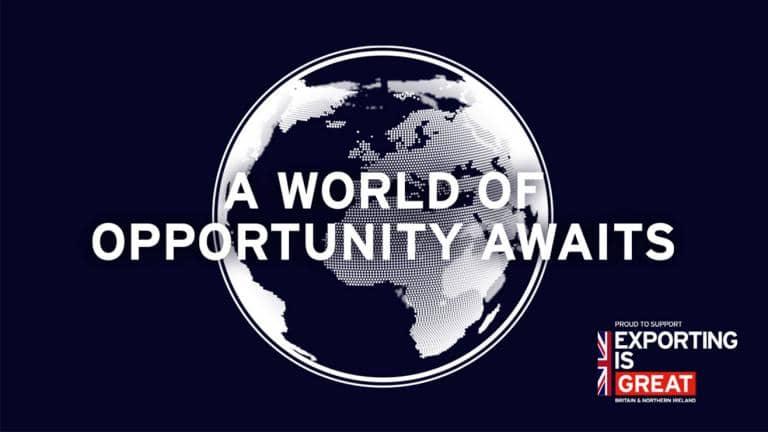
Start exporting with Barclays Business Abroad
We launched Barclays Business Abroad in 2012 to help make sure businesses have support to trade internationally in a safe and secure way.

Exports and international trade explained
We answer some of the most commonly asked questions on exporting – and cut through the jargon.
The prospect of exporting can make many businesses apprehensive, even those with experience of it. Yet uncertainty is often simply down to unfamiliarity with some of the terms and procedures. Overcoming this unfamiliarity can help unlock the door to further growth, particularly if the business has hit a ceiling in the UK.
This is an area where we can help. Our international teams regularly receive – and answer – questions on the following areas:
These are simply the standard internationally agreed trading terms. They give clarity on which party is responsible for paying what – such as insurance, duty or transport costs – at each particular stage of the export journey.
Some companies are uncertain about how they can manage the risks of fluctuating exchange rates. Possible solutions involve using a currency account, allowing you to buy and sell abroad without having to convert currencies at all, or forward contracts that secure an exchange rate for a particular time in the future. The FX powered by Barclays1 app can track currency movements over time and help you understand how the exchange rate has fluctuated recently. This, alongside FX forecasts, can help you decide whether to secure your exchange rate for the future using a forward contract.
This can be a successful way of doing business internationally – without having to worry about exchange rates. In effect, the risk is being passed on to the other party if you ask them to do business in sterling. This may mean they add a premium as a kind of insurance policy against losing out, or your business may be viewed as less competitive than those who will trade in the overseas party’s currency.
These are more secure methods of payment, where a bank guarantees it will make a payment to an exporter if the conditions detailed in the letter of credit are met. Exporters often ask for these so they can be more confident in the transaction, while they can also be a way for overseas exporters to raise funds because banks will sometimes lend on the strength of them.
Getting this right can be tricky because exchange rates often fluctuate. Analysing forecasts is one way to help manage the risk, and you can also use currency accounts to potentially remove the need for conversion altogether.
Managing cashflow and working capital can be harder when trading internationally – with goods often ‘on the water’ for long periods, the cycle can get stretched. Make sure you fully understand the payment terms you are agreeing with your counterpart, and talk to your bank to find out how they can help.
This can be a concern at the beginning of a new relationship or with trading partners in unfamiliar countries. There are lots of different payment methods that add a level of security – such as letters of credit – while there is also credit insurance available to cover the risk. Or, it might simply be a case of starting small and building up trust.
As with the previous point, a letter of credit can provide security when you’re receiving goods. Certain conditions can be included, such as requiring shipping receipts or that the goods are inspected by a third party for quality control. If these conditions are met, you can then be more confident that the goods are actually on their way.

We launched Barclays Business Abroad in 2012 to help make sure businesses have support to trade internationally in a safe and secure way.

Discover what you need to know if you want to export – and find out where to get expert advice.
FX powered by Barclays – terms and conditions applyReturn to reference